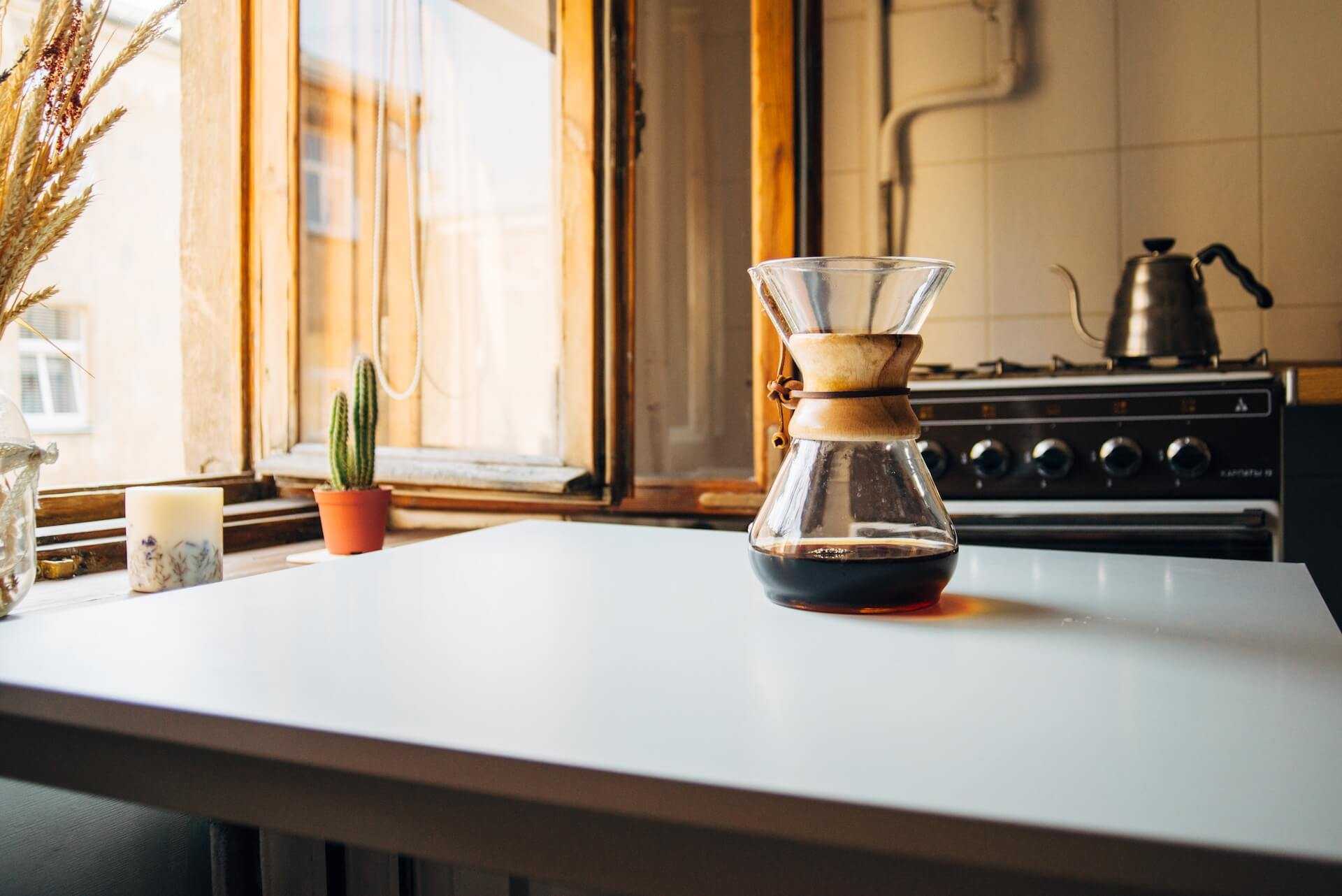Future Needs of Bangladesh Tea Industry
Tea is the second largest cash crop in Bangladesh after jute. From breakfast to evening chat, tea has been a favorite drink of this country’s people all day long. Apart from Bangladesh, tea is most prevalent in countries like India, China, Japan, and the United Kingdom. Due to this, tea has been produced in Bangladesh for more than 180 years. At present, there are 167 commercial Tea Production Estates and Tea Gardens on 2,79,507.88 acres of land in Bangladesh, employing about 1.5 lakh workers. In addition, 3% of global tea is produced in Bangladesh. In 2021, the market size of the tea industry in Bangladesh was about BDT 3500 crore.
In East Pakistan, tea was only cultivated in “Surma Valley” in Sylhet district and ‘Halda Valley’ in Chittagong district. During the tenure of Bangabandhu Sheikh Mujibur Rahman as the then Chairman of the Tea Board from 1957 to 1958, the establishment of the head office of the Tea Board in the Motijheel area of Dhaka began. When the country’s tea gardens were destroyed during the war in 1971, the abandoned tea gardens were restored by forming the “Bangladesh Tea Industries Management Committee” or “BTIMC” after independence. In 1973, Bangladesh Tea Research Station was fully converted into a Tea Research Institute, known as Bangladesh Tea Research Institute or BTRI.
Currently, there are five types of tea produced in Bangladesh: Green Tea, Black Tea, Oolong Tea, Instant Tea, and White Tea. According to the Bangladesh Tea Board, Abul Khair Consumer Products Ltd is in the top position among the six leading companies in Bangladesh in tea exports. In addition, Kazi & Kazi Tea Estate Ltd., Halda Valley Food & Beverage Ltd., and M.M. Ispahani Limited are ranked second, third and fourth, respectively, and Meghna Tea Company is fifth, and The Consolidated Tea & Lands Co. (BD) Ltd is at sixth position. According to a UNB report published in 2021, the three top tea brands in Bangladesh are Ispahani Mirzapur, KK or Kazi & Kazi, and Fresh Premium Tea. Among them, Kazi & Kazi tea estate produces organic tea and has been promoting Green Tea in Bangladesh. In addition to Kazi & Kazi, several local and foreign brands, including Ispahani, Lipton, Halda Valley, and Finlay, are currently working to popularize several more tea categories. There are currently two auction centers in Bangladesh, where the tea produced is sold to various brands through auctions. One of these centers is Chittagong Auction Center, and the other is Srimangal Auction Center.
Challenges
Lack of Investment
The major challenge of the tea industry in Bangladesh is the lack of proper investment. A considerable sum of money is required to maintain tea gardens and tea estates to repair factories and machinery, which is not enough in the country’s tea industry. Moreover, even 100-year-old tea gardens need investment to replant new tea seedlings. However, since this tea plant takes 5 to 7 years to grow, most private investors are not interested in investing here, which is hampering the growth of the country’s tea industry.
Poor Labor & Low Wages
Another challenge for the tea industry in Bangladesh is the poor condition of laborers and salary allowances. According to a source in news, in 2018, the per capita daily wage of tea workers in Bangladesh was only $1 USD per head, and they were given only 3 kg rations per week. However, later on in 2019, based on an agreement between tea workers and tea garden owners, the daily wage per capita of tea workers was increased little bit.
Opportunities
High Local & International Demand
Along with the increasing tea consumption in Bangladesh, global tea consumption is also increasing. In this context, there is a considerable demand for Bangladeshi tea brands in the global market, said the country’s Commerce Minister, Mr. Tipu Munshi. In addition, in 2020, Bangladesh exported 21,70,000 kg of tea to 22 countries worldwide, which is about 260 percent more than the previous year. Although Bangladesh cannot export a sufficient quantity of tea after meeting the local demand, if production is increased, there is a possibility of earning more foreign revenues through tea export in the future.
New Variants
If Bangladeshi brands can produce different variants and flavors of tea besides traditional black tea, then the premium tea sector also has a great potential to grow. Such premium teas can be marketed as gift packages in the domestic market and exported abroad. Compared to ordinary tea, such flavored infused teas are trendy and in demand in western countries. As a result, such premium tea has the potential to be a good export opportunity for Bangladeshi brands.
Skincare Product
Apart from beverages, tea is also used in skincare and beauty products. Therefore, producing tea-mixed skincare products as a by-product of tea leaves could be a unique opportunity for local brands. This could help create an entirely new industry in Bangladesh based on the tea industry, and Bangladesh could export skincare and beauty products besides tea leaves.
